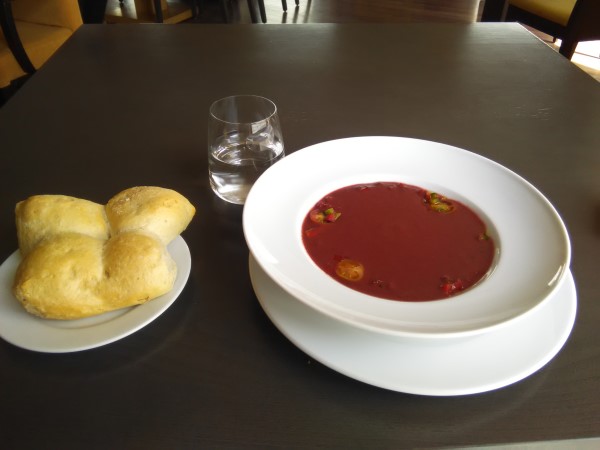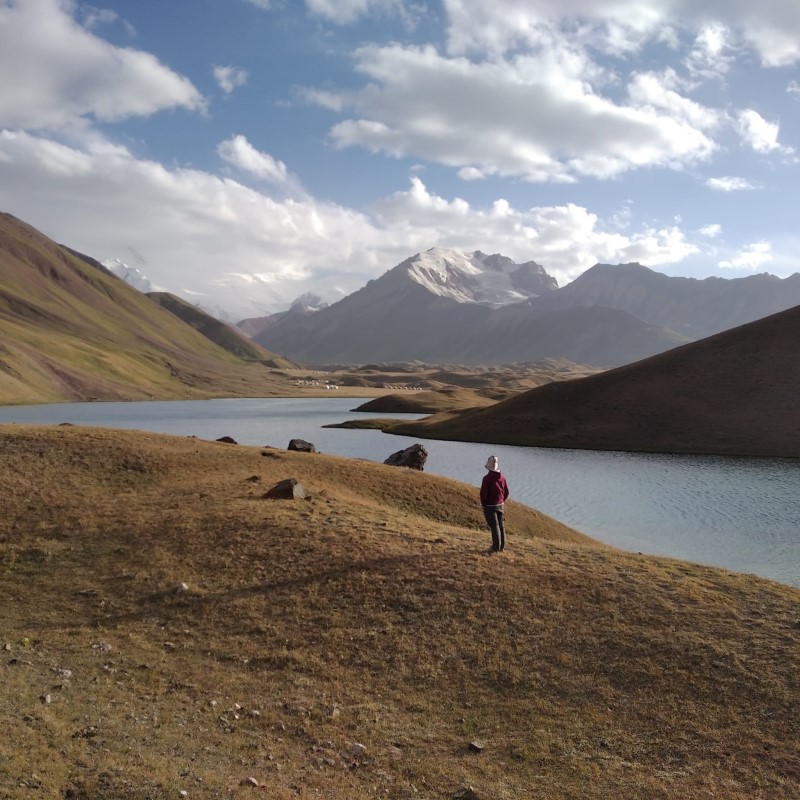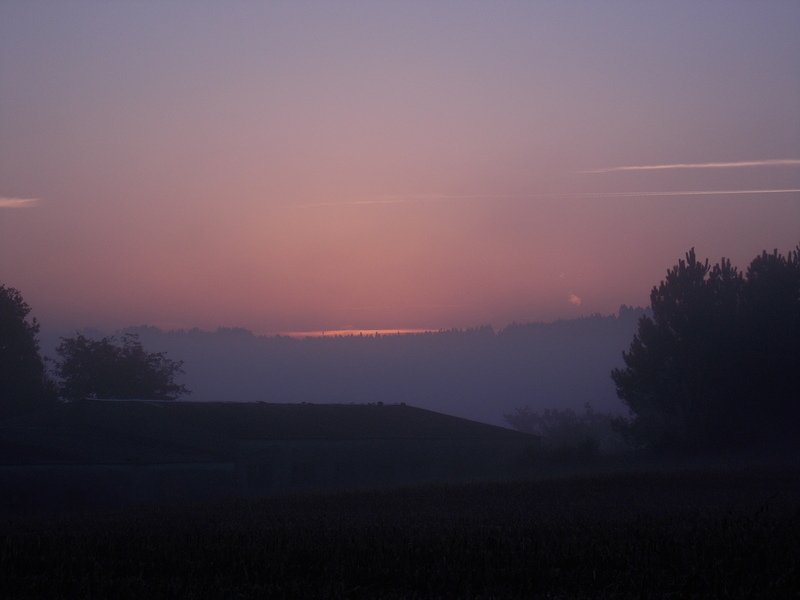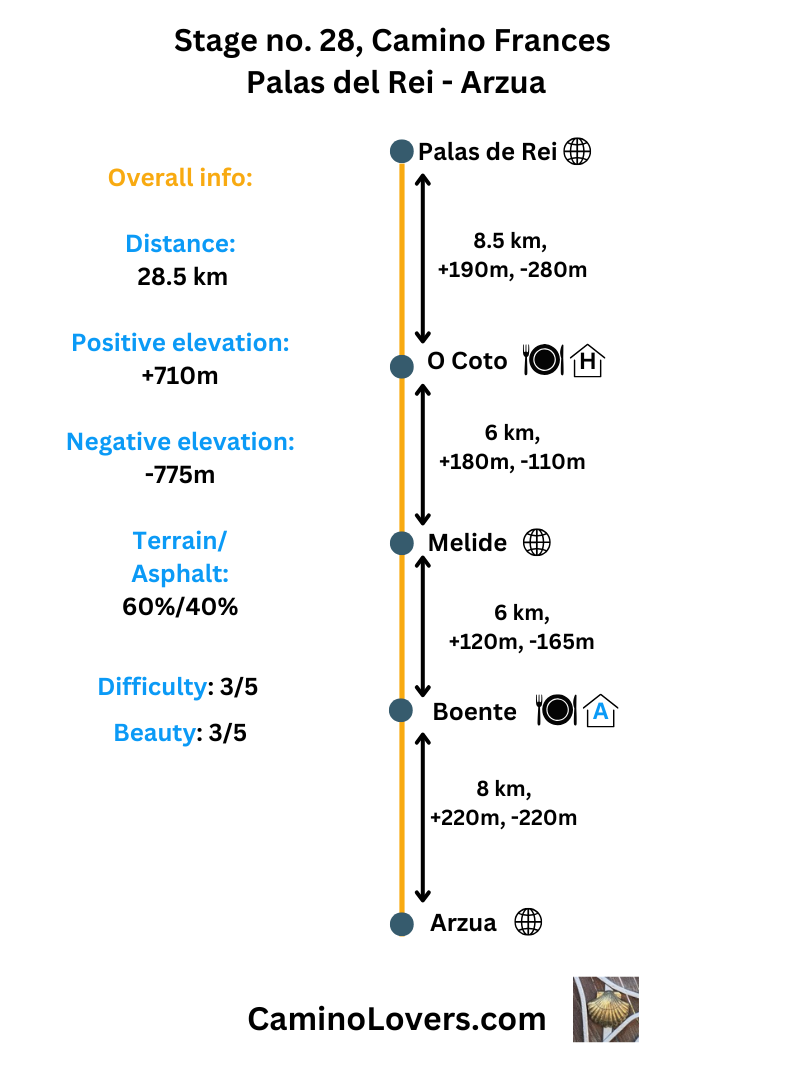
Basic Information
- Starting Point: Palas de Rei, Spain (540m) – Another Galicean town living almost entirely from the Camino Frances. Twelve pilgrim albergues and all facilities for pilgrims.
- Ending Point: Arzúa, Spain (400m) – The ‘cheese capital’ of the Camino, and also the place where Camino del Norte joins Camino Frances. Count with 15 pilgrim albergues and many other accommodation options, for all budgets. With roughly 6,000 inhabitants (there are more cows than people registered in this town right now) you can count with plenty of shops and restaurants, and all services. The town is brimming with pilgrims, especially from May to October.
- Availability of an alternative route: Not really, even though some pilgrims walk with a map and take small local roads at times, for a part of the walk, simply to avoid the crowds of pilgrims so typical on this stretch of the camino. This is easier to do in the second half of today’s walk, from Melide to Arzua.
- Distance: 28.5 km (Download GPS here).
- Online Map: map.
- Elevation Difference: +710m ascent, -775m descent.
- Difficulty Score: 3/5. If you’re doing just the last 100km of the walk, the difficulty can easily be 4/5, since it is the longest stage in Galicia with plenty of ups and downs.
- Beauty Score: 3/5. Galicean countryside, a mix of nice sections (which get even more beautiful and mysterious in a typical morning mist), and some rather dull parts on the road and in the overcrowded towns. Hence 3/5, but if you’re doing only the last 100km, this will be likely your favorite stage of the entire walk.
- Terrain/Asphalt Ratio: 60%trails and gravel roads, 40% asphalt walking, on the road or very close to the road.
- Next stage: Camino Frances Stage no. 29, Arzua – O Pedrouzo.
- Previous stage: Camino Frances Stage no. 27, Portomarin – Palas de Rei.
Elevation profile for the route

– More colorful chart means more sections with steeper climb gradient, and that’s exactly the story of today’s stage. Ups and downs alternate nicely along the route, with some steep ascents/descents waiting for you in each part of the walk. There is quite a hill at the very end too, from km 26 to km 28 you’ll climb 100 verticals meters. That wouldn’t be much at the beginning of the stage, but can be a real challenge for a tired pilgrim with a backpack. Count with it and try to save some energy for the last push.
Advanced Info About the Stage
- Trail Marking: Frequent granite markers showing exact distance (in meters!) you have left to reach the cathedral in Santiago, plenty of yellow arrows, and rows of pilgrims, do not really let you to get lost. However, in Melide Camino Primitivo joins Camino Frances (it connects from the north). Camino Primitivo has gained a lot of popularity in the recent years (you can check our guide for this camino here), so don’t be surprised seeing lots of people joining the trail from another direction.
- Natural Highlights:
- Bosque de los Peregrinos: A green space with trees from different countries, planted as a tribute to pilgrims (who also arrive from all parts of the world) by the Order of Knights of Camino de Santiago. Not super spectacular but a nice green space on a stage with a lot of road walking, and good place to reflect on the diversity (and the beauty of it) in the world. Location on Google maps here. Right on the camino.
- Area recreativa de Furelos: Rest zone next to the river Furelos, with swimming pools, river beach, and some nice green areas. About 1 km detour from the Camino, but close to Melide so if you happen to stay there it makes for a nice afternoon stroll without the backpack. Location on Google maps here.
- Playa fluvial Ribadiso: Another river beach, 800 meters detour from the Camino, well indicated by signs from the road. Stairs and metal ladder taking you safely all the way down to the water. A nice place with shade, trees, tables for having a picnic etc. In certain months of the year the water may not be clean enough to bath, but still a nice detour to take a rest from the crowds and perhaps have a picnic there on your camino. Location on Google maps here.
- Historical & Cultural Highlights:
- Church of Santa María (Leboreiro): 13th-century Romanesque gem, small, intimate, with a beautiful carving of Virgin Marry above the main entrance door, and an interesting sculpture of Virgin Marry inside, and overall a rustic beauty. Very fitting to its environment. Right on the camino, you cannot miss it. Location on Google maps here.
- Medieval Bridge in Ribadiso: Original 12th-century pilgrim crossing, another spot for bridge lovers :). Right on the camino, location on Google maps here. Some pilgrims take a bath right under the bridge, if the river has enough water.
- Local Cuisine: The ‘pulpo gallego’, or the Galicean octopus, is a local specialty served in many places in the zone, but especially in the town of Melide (km 15 of today’s walk). See special tips at the end of this stage for some recommendations when it comes to this dish :).
- Camping/Bivouac Options: There is one official camping place on this stage, close to Arzua, called Teiraboa basecamp. Dog friendly (you pay 4 euro extra for the dog), decent prices, frequented by pilgrims including big groups of Spanish students. The location isn’t great, but for this zone and everything it is good enough, just to have a place to sleep in a high season. Location and reviews on Google maps here. Wild camping is very tricky, but in the high season you can just try your luck with bivouac in any park in the town, and police may tolerate it, as long as there aren’t any free beds in the albergues.
- Dog-Friendly Score: 3/5. On one hand, it isn’t a bad stage for dogs, with several river crossings (and always an option to go down to the water, for a bath or a drink). On the other hand, there’s lot of road walking and the crowds get even bigger in Melide (once Camino Primitivo connects to Camino Frances). But it can definitely be done with a dog, and in Arzua you will find a couple of dog-friendly albergues. I recommend Albergue Los Tres Abetos (make sure to call them one day in advance at least), or albergue A Conda (this one has a mix of great and really bad reviews, so do your research before booking in with your dog :)).
- Special Remarks:
- If you walk only the last 100 kilometers of Camino Frances, this will be your longest and hardest stage of the way. Make sure to make frequent breaks and do not push the pace too much in the first half of the stage, to save some energy for the last climbs.
- During this stage, two important Caminos merge with Camino Frances. Camino Primitivo joins the way in Melide, and Camino del Norte in Arzua. Both of these ways are very beautiful, and perhaps a good inspiration for your next long walk in Spain :).
My accommodation picks for today’s stage
- Albergue Casa Domingo, Ponte Campana (km 4.5). A beautiful albergue, antique house in and authentic rural zone turned into an albergue. 21 beds in 3 rooms, 15 euro/bed. Communal dinner extra 15 euro. Friendly married couple as your host, everything clean and well maintained, and a nice garden. You can make a reservation on the following phone number: +34 630 728 864. Location and reviews on Google maps here. Check-in from noon.
- Alberue San Anton, Melide (km 15). A recently renovated albergue with a nice garden behind the house, 28 beds in 5 rooms, 15 euro/night. In a quiet zone of town yet close to the center, very clean and with a well-equipped kitchen. You can make a reservation on Booking.com, location and reviews on Google maps here. Check-in from 1pm, open from March to October.
- Albergue el Aleman, Boente (km 20). A modern place with attention to detail. Nice communal zone outside and inside of the house, bar on site with menu available (for either lunch or dinner), everything well-organized and clean. Small swimming pool in the garden :). 40 beds in 4 rooms, 16 euro/night, breakfast is 4 extra, menu 15 euro. You can book it on Booking.com, reviews and location on Google maps here.
- Albergue Ultreia, Arzua (km 28). Location and reviews on Google maps here. 28 beds, 12 euro/bed. Probably the best-rated pilgrim place in the town of Arzua. Clean, well-equipped & organized, with great attention from the hosts. It is a city place and obviously cannot have the vibe and atmosphere of some fantastic albergues you stayed at in former parts of your Camino, but for this last stretch it is a pretty good one. Restaurant onsite, menu highly praised by pilgrims. Check-in from noon, recommended way of reserving a bed: booking.com, or phone call, +34 981 500 471, or +34 626 639 450.
Pictures from the stage
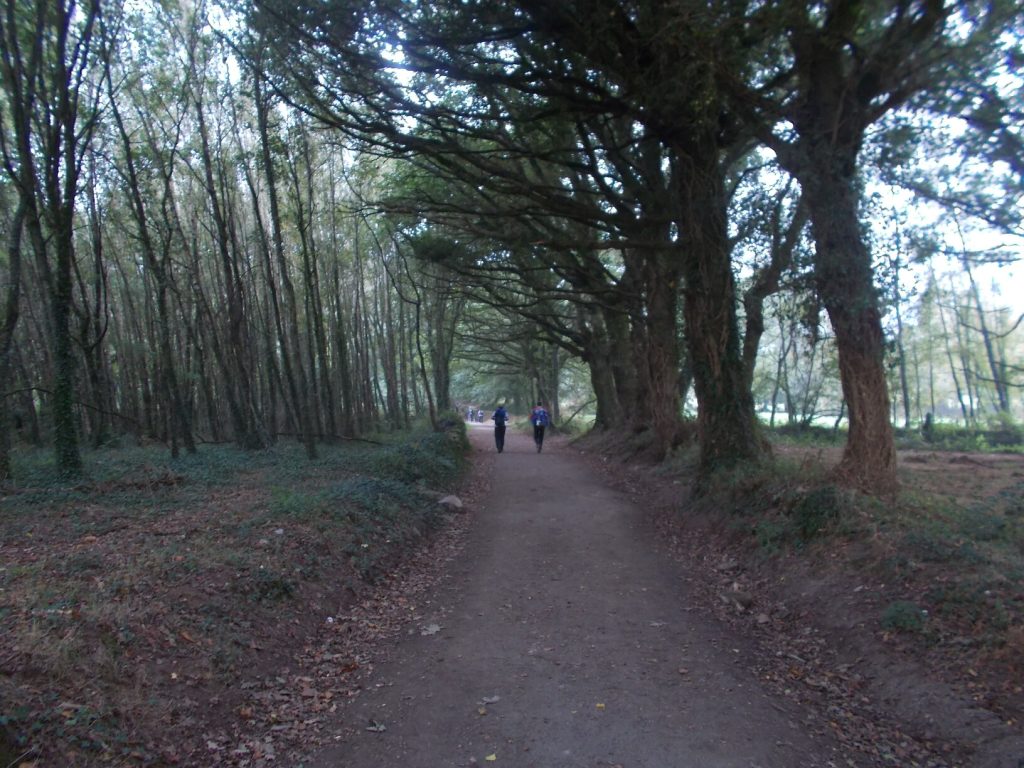 – Forested sections like this one make for a comfortable walk, basically in any weather. There are plenty of them on today’s stage.
– Forested sections like this one make for a comfortable walk, basically in any weather. There are plenty of them on today’s stage.
 – The morning mists lend special charm even to very ordinary landscapes of rural Galicia.
– The morning mists lend special charm even to very ordinary landscapes of rural Galicia.
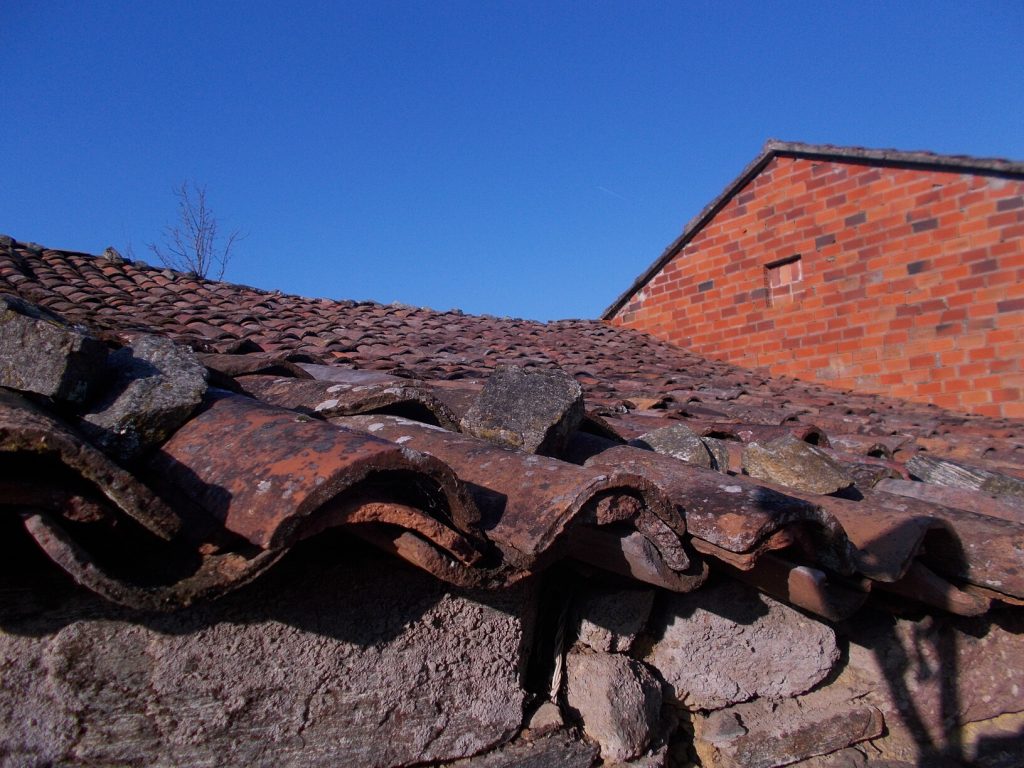 – When one has an eye for detail, and stays in the present moment, each meter on the route to Santiago can be beautiful…
– When one has an eye for detail, and stays in the present moment, each meter on the route to Santiago can be beautiful…
Few tips at the end
- Start early, not only to avoid the crowds, but also to enjoy the beauty of morning mists. The mists typically fade away in the sun by 10-11am, so the earlier you start, the more you enjoy them.
- Put on some sun screen even on a foggy day. It is easy to get a sun stroke or sunburn on the camino, especially if you’re not accustomed to strong Spanish sun. Walking in summer months, you should always put on some sun screen, even if it is foggy. Fog do not protect you from the ultraviolet light as one may think.
- Do not fall for the pulpo (octopus) trap in Melide. Melide is famous with its ‘pulperias’, places where they serve Galicean octopus. Everybody just rushes to one of the places to try the animal. First of all, octopus is one of the most intelligent animals on Earth, so it is questionable whether we should eat it at all. And secondly, these restaurants are overpriced, with long waiting times… You can have the same quality of octopus, if not better, in many other restaurants in the zone, be it in Palas de Rei, Arzua, Pedrouso. And you will pay less and won’t have to wait…
Next/Previous Stage
- Next stage: Camino Frances Stage no. 29, Arzua – O Pedrouso.
- Previous stage: Camino Frances Stage no. 27, Portomarin – Palas de Rei.
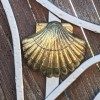


![Ultralight Packing List for Camino de Santiago [2025 Edition]](https://caminolovers.com/wp-content/uploads/2022/03/altra-shoes-640-x-480.jpg)
